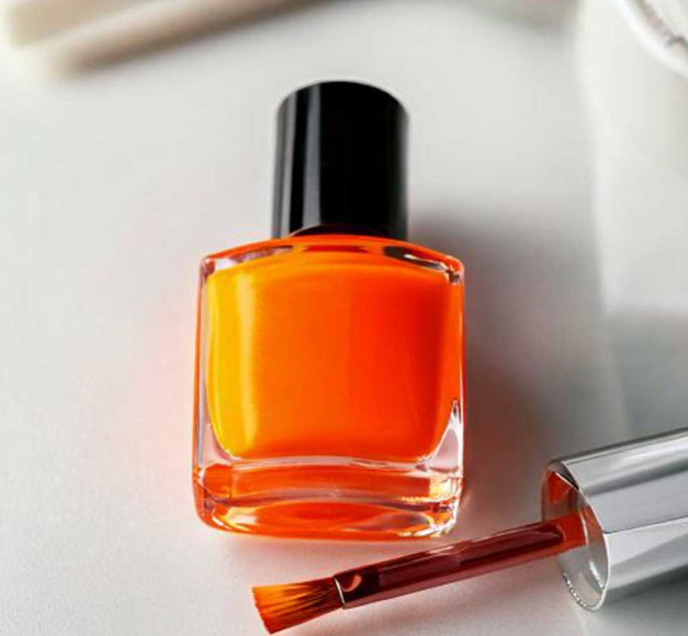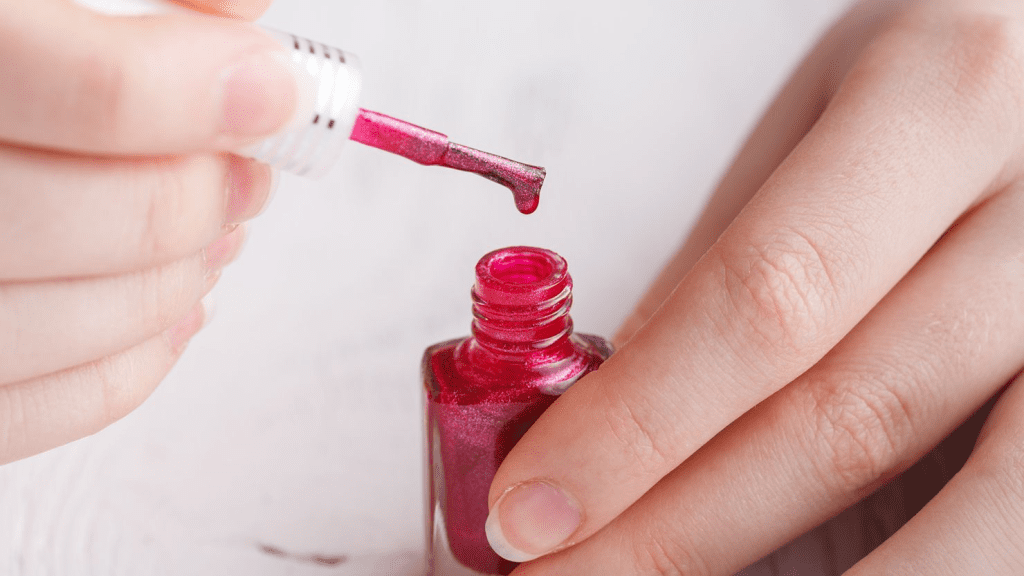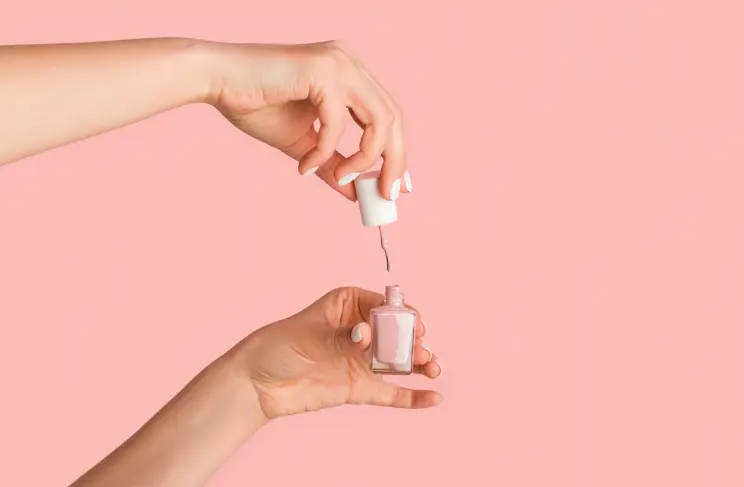In recent months, a dangerous trend known as “chroming” has taken the internet by storm, alarming parents, educators, and health professionals. Chroming, a type of inhalant abuse, involves inhaling fumes from aerosol cans like spray paint, deodorants, and household products to achieve a temporary high. With this hazardous activity gaining traction on social media, it’s crucial for parents to understand the risks of chroming and learn how to protect their teens from its potentially fatal consequences.
Understanding Chroming: What It Is and Why It’s Dangerous

Chroming is the act of inhaling chemical vapors from common household items to induce an intense but short-lived high. Originally named for the use of chrome-based spray paints, chroming now includes a range of aerosol products like nail polish remover, air fresheners, and deodorant sprays. These products contain chemicals like toluene, acetone, and butane, which can affect the brain and central nervous system, leading to dizziness, euphoria, and sometimes hallucinations. However, the effects are fleeting, causing some teens to repeat the action multiple times in a session, which dramatically increases the risks.
The biggest danger? These chemicals can be toxic and, in some cases, lethal. Inhaling such fumes can result in immediate harm or long-term health issues, making it essential for parents to recognize chroming as a serious form of substance abuse, not a “harmless thrill.”
How Chroming Became a Viral Trend
Social media plays a huge role in spreading the chroming craze. Videos and posts that glamorize chroming are shared widely, often portraying the activity as fun and rebellious while downplaying or ignoring the risks. Teenagers, naturally inclined to test boundaries and seek peer validation, may be lured into trying chroming simply because it’s trending. Unfortunately, the reach of social media means that once such a trend goes viral, it’s accessible worldwide, leading to widespread experimentation without an understanding of the potential dangers.
Health Risks and Dangers of Chroming
The health risks associated with chroming are both immediate and severe. Inhalant abuse can lead to what is known as “sudden sniffing death syndrome,” a fatal condition that occurs when inhaled chemicals cause an irregular heartbeat, leading to heart failure. Beyond this immediate risk, chroming can cause:
- Nausea and Vomiting: The body may react violently to the toxic fumes.
- Suffocation and Loss of Consciousness: Aerosol fumes can displace oxygen, leading to suffocation.
- Organ Damage: Chronic chroming can severely damage the brain, liver, kidneys, and lungs over time, impairing their functionality and sometimes causing irreversible damage.
- Accidental Injuries: Teens who are under the influence often experience impaired coordination and judgment, increasing the risk of accidents and injuries.
The dangers are extreme and can impact both physical and mental health long after the high wears off.
Psychological and Social Consequences of Chroming
While the physical dangers of chroming are well-known, its psychological and social impacts can be equally devastating. Repeated use can lead to dependency, and teens who become reliant on chroming may struggle with their school performance, relationships, and personal development. The isolation that often accompanies substance abuse can lead to anxiety, depression, and low self-esteem, as teens try to cope with the stigma and secrecy surrounding their behavior.
In addition, teens caught in this trend may experience damaged relationships with family and friends. The desire to “escape” through inhalant abuse may be a sign of deeper issues, such as stress, low self-worth, or the need for validation, making early intervention crucial.
Signs Your Teen May Be Chroming

Detecting chroming early is essential for preventing long-term harm. Here are some warning signs parents should watch for:
- Unusual Odors: A chemical smell on their breath, clothes, or in their room could indicate inhalant use.
- Aerosol Cans in Odd Places: If you notice household products like deodorant or spray paint in unusual locations, they could be used for chroming.
- Physical Symptoms: Look for nosebleeds, headaches, red or runny eyes, and paint stains on hands, face, or clothing.
- Behavioral Changes: Unexplained mood swings, withdrawal from family, or sudden drops in academic performance may signal substance abuse.
Observing any of these signs doesn’t automatically mean your teen is chroming, but it’s important to approach the topic with care and concern.
How to Talk to Your Teen About Chroming
Discussing chroming with your teen might feel intimidating, but open communication is key. Here are some tips for having this crucial conversation:
- Educate Yourself First: Learn about chroming’s effects and risks to approach the topic confidently.
- Express Concern, Not Judgment: Teens are more likely to open up if they feel supported rather than judged. Let them know that your concern comes from a place of care.
- Encourage Open Dialogue: Allow your teen to share their perspective. Be patient, and listen actively without interrupting or jumping to conclusions.
- Emphasize Safer Alternatives: Talk to your teen about stress-relief activities or hobbies that can help them cope in healthier ways.
Keeping the conversation supportive rather than accusatory encourages teens to share their feelings and challenges openly, helping build a trusting relationship.
Preventing Chroming: What Parents Can Do

Prevention is always better than intervention, and parents can take several steps to reduce the likelihood of their teens getting involved in chroming:
- Secure Potential Inhalants: Keep aerosol cans and other potential inhalants out of easy reach. Locking up or monitoring such items can reduce temptation.
- Encourage Positive Activities: Help your teen find engaging hobbies or social activities that boost their confidence and self-esteem.
- Monitor Social Media Influence: Talk to your teen about the impact of social media and encourage them to critically evaluate online trends.
- Create an Open Communication Environment: Let your teen know that they can come to you with questions or concerns, free of judgment.
Building a supportive home environment helps teens feel secure and less likely to turn to harmful coping mechanisms.
Resources for Parents Concerned About Chroming

If you suspect your teen may be involved in chroming, you’re not alone, and resources are available to help:
- National Institute on Drug Abuse (NIDA): Offers information on inhalant abuse and its effects.
- Local Health Departments: Many provide counseling and support services for families dealing with substance abuse.
- Schools and Community Programs: Educational programs are often available through schools or community centers, providing guidance and support for both parents and teens.
These resources can provide essential information and support, helping you approach the situation with the right tools and confidence.
Conclusion: Stay Informed and Protect Your Teen
The rising trend of chroming is a serious concern, but with awareness and proactive measures, parents can play a pivotal role in protecting their teens from this risky behavior. By staying informed, recognizing the warning signs, and fostering open, supportive communication, you can guide your teen toward making safer, healthier choices. Encouraging a balanced lifestyle and healthy coping mechanisms empowers teens to resist dangerous trends, ensuring they navigate adolescence safely and with confidence.


